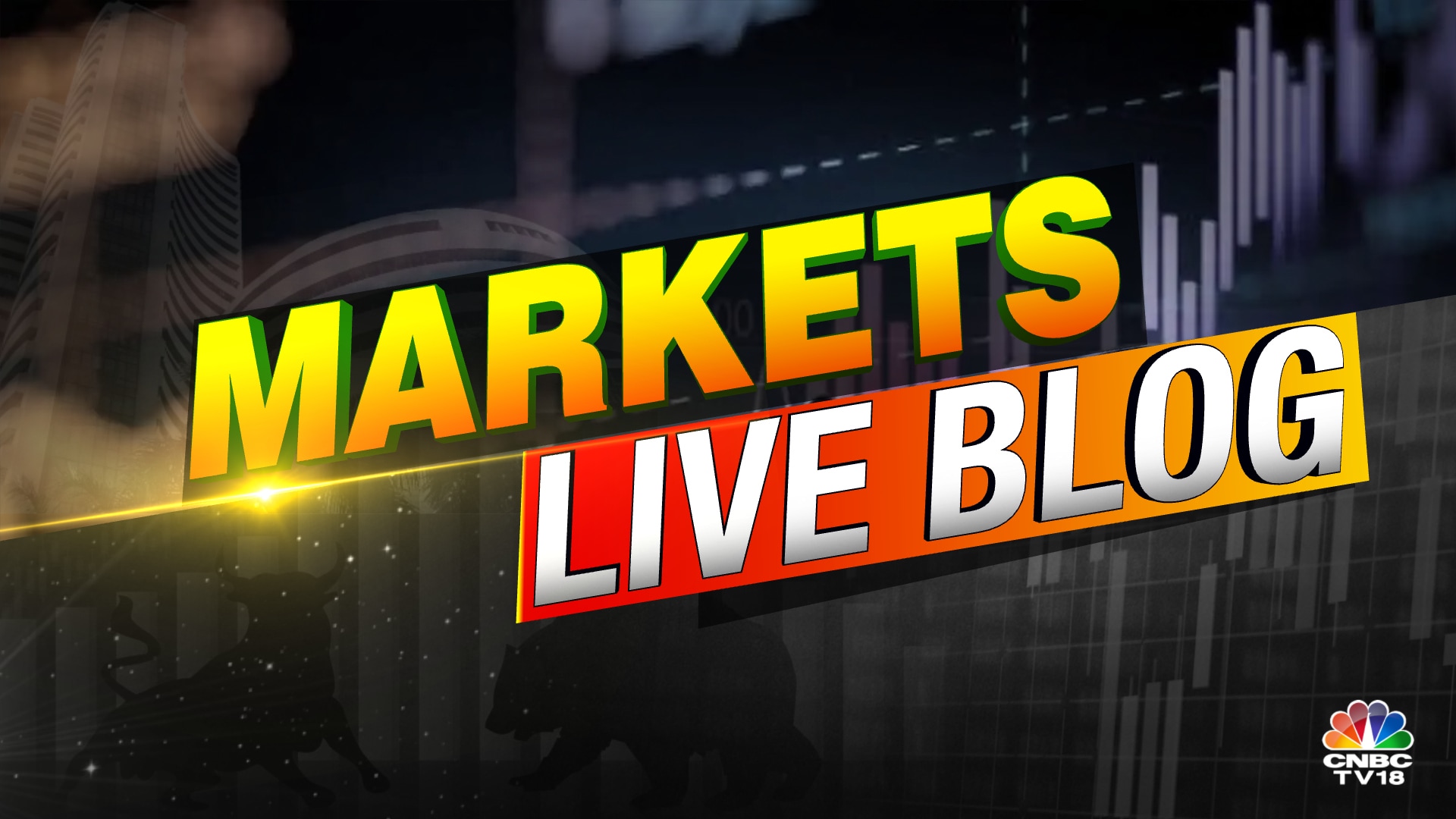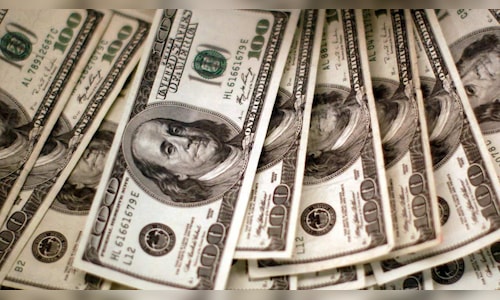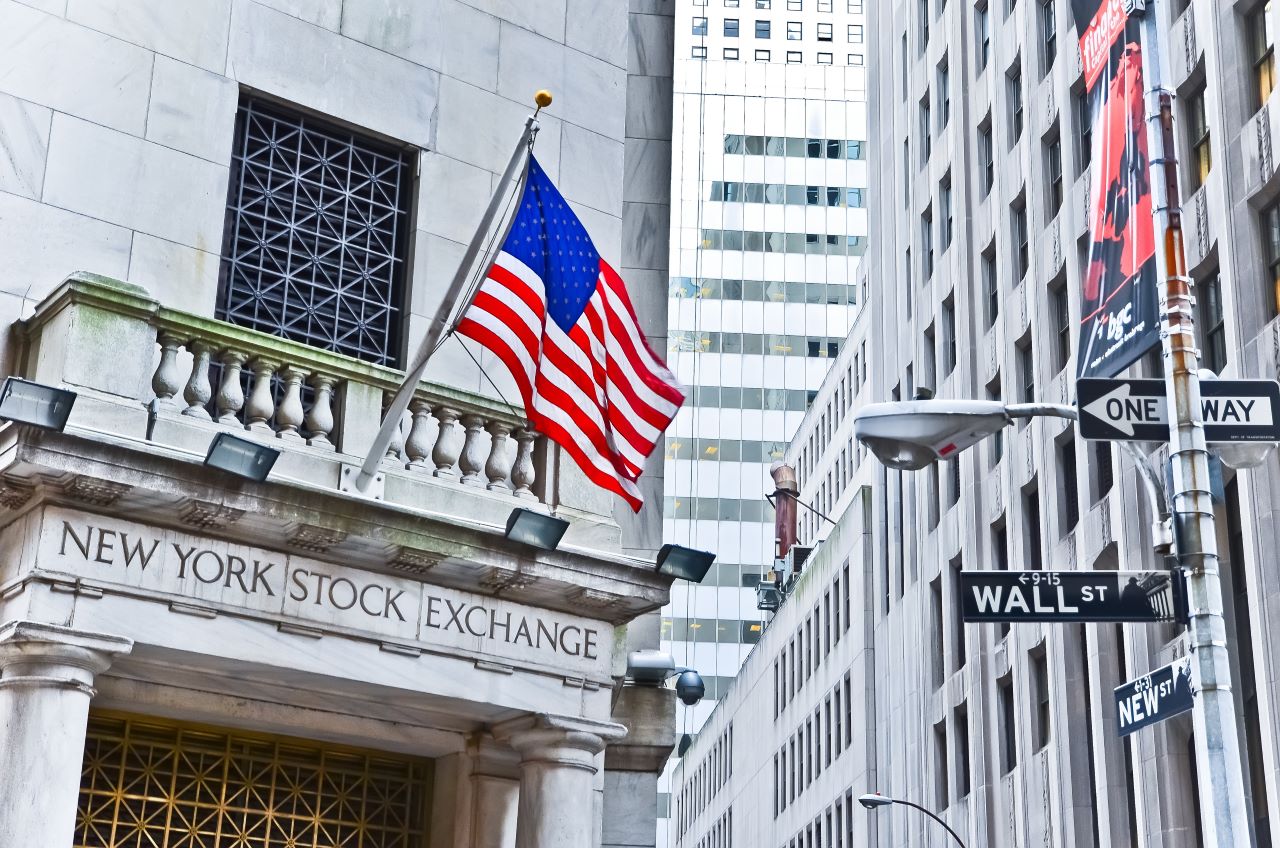The abating risk of a blow-out trade war between the US and China has taken the sheen of safe haven bets like the gold and the US dollar. Asian currencies are near a seven-month high against the greenback, while the gold is set for the sharpest in six months, down over 3% since the signalled truce between US President Donald Trump and his Chinese counterpart Xi Jinping.
However, Daniel Morris, Chief Market Strategist and Co-Head of the Investment Insight Centre at BNP Paribas Asset Management, would still prefer parking money in gold.
"The two key drivers of the performance of gold over the last 18 months, you know, number one, central bank reallocation of portfolios from treasuries to gold, that's likely to continue. And, if you can call it the Trump premium in gold prices, that's probably going to stay, even if you know all the volatility that we expect around it, but not likely to disappear either," Morris told CNBC-TV18.

Globally, central banks have also been aggressively adding gold to their reserves, purchasing over 1,000 tons annually for the past three years, compared to about 400 tonnes in the preceding years. The Reserve Bank of India (RBI) has amassed $97 billion worth of gold in the last few years.
Trump's tariff war, and the risk of a US recession, have led to a stellar increase in demand for the precious metal. The price of gold in international markets rallied 89% between October 4, 2023 and May 6, 2025, after which it started cooling down. The last one year return on gold prices is in excess of 35% compared to about 11% in the S&P 500, the index of the biggest stocks listed on Wall Street.
Investment banks like Citi and UBS have predicted that gold price would average at about $3,500 an ounce in 2025. The precious metal scaled the projected level before sliding down to $3,289 right now. Expectations from fresh purchases may have ramped down after the stunning rally but Morris believes there's still juice in gold; just not as much as it used to be.
He's not the only one. Goldman Sachs expects gold price to average between $3,700 and $4,000 an ounce this year. JP Morgan expects it to surpass $4000 in 2026.
The other asset class, he believes, to be a good bet are fixed income products like bonds and debt mutual funds in Europe. "In Europe, it's a bit more clear in that you are certainly going to have lower growth because of the tariffs. Tariffs are going to likely to reduce inflation in the Eurozone. You worry about an increase of Chinese exports to Europe to offset the US. All of that negative for inflation, or at least bringing inflation down. And then, of course, the ECB is cutting rates and the Fed is not. But it also suggests that on a relative basis, you would have a preference for European fixed income, which we do," Morris added.
For the entire interview, watch the accompanying video
Also Read: Inflation, not recession, is the risk: Taimur Baig explains why the market may be getting it wrong

 1 month ago
1 month ago














